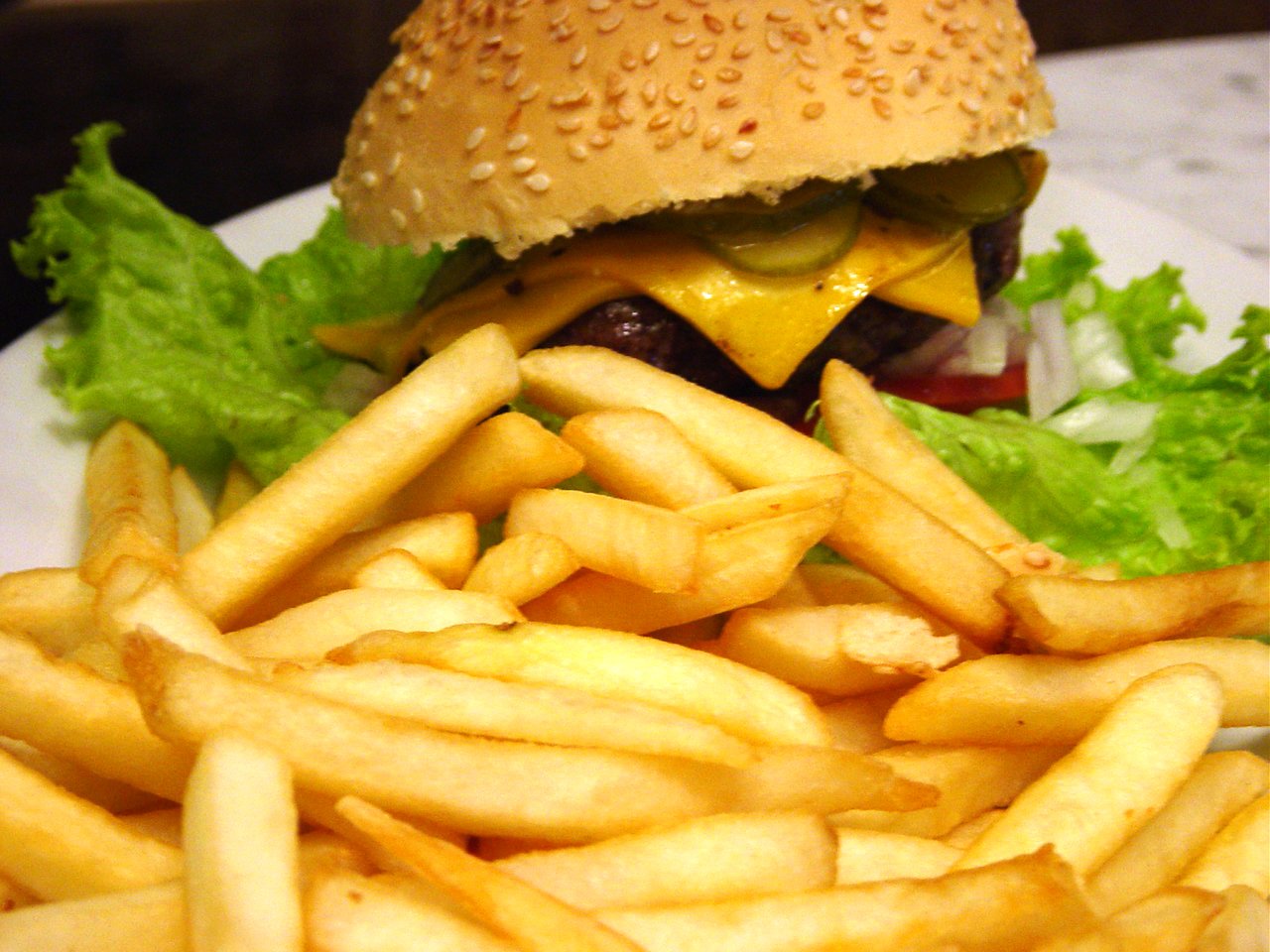Out-of-control energy prices have a monumental impact on your operating costs. Whether you like it or not, your task as a fast-food manager to provide affordability to your customers, will from now on include energy efficient improvements widely across your sites. Add the recent geopolitical developments with Russia’s war on Ukraine – and energy efficiency will be on your agenda for years to come.
And, further on the subject of energy, it’s not only increased costs that are looming. There is also an emerging threat to revenue. For large and important customer groups, having an active plan towards ”zero emissions” is increasingly becoming a reason to choose, or not to choose, a specific brand. Chances are, if you lack a robust plan for energy efficiency, most likely it will impact your revenues.
Energy, in short, seriously affects the future ability of your sites to generate a profit, because mismanagement means either decreased revenue or higher cost. Or both.
Is there no good news? Well, yes, there is.
Going through the operation of Fast-food sites in the UK, Netherlands and Scandinavia, we have found that there are three fairly simple actions you can take that will give you vastly improved energy efficiency.
So, the three energy efficiency improvement tasks you must not miss out on, are:
1. Use your purchased energy twice
Every second, the range hoods in your kitchens extract more than a thousand litres of warm, kitchen air. This is necessary, because otherwise your staff and your customers will experience unreasonable levels of cooking odours, moisture, and heat inside your restaurant. And, if you extract a thousand litres of air every second, you also need to supply a thousand litres of air every second. That supply air comes from outdoors and during large parts of the year, you need to heat this supply air. Today, you purchase ALL the energy to do that from your utility.
What you SHOULD do, is make sure that the inherent energy in the warm air that is on its way out, is re-used to heat the supply air for free. Today, you throw away every last kWh of inherent energy in the air going out, because up until now, your constructors and your HVAC installers have not had a technically robust heat exchanger to deploy in this warm and polluted airflow. Grease, soot and other particles clog and destroy all standard heat exchangers on the market. The result is that you throw away hundreds of thousands of kWhs every year. From every kitchen in your portfolio.
2. Learn from the mistakes of the early adopters
The Swedes have done the ground work for you – they have tried numerous solutions to achieve #1 above, over the last seven, eight years. And they have now made all the mistakes for you and have developed a solution with long term robust operation and steady energy recovery. You can by-pass all the troubles they experienced with their first attempts, and instead go straight to a fully functional system.
Their findings in short: Don’t take the detour via air cleaning technologies; products like UV-light, Ozone generators and extensive filter packages will A: not work as promised and, B: lead to a lot of hidden service & maintenance costs. Investing in and using air cleaning equipment will NOT give you robust energy recovery (though they might help you solve other issues).
What you SHOULD do, is to use a heavy duty heat exchanger when the challenge is heavy duty. There is a heavy duty heat exchanger available from Swedish Greentech company Enjay Systems and, even though the COVID-pandemic has been raging, it has established itself as the new standard for energy recovery in restaurant ventilation over the past two and a half years.
3. Leverage energy efficiency to minimize investment requirements
Letting you in on a ”secret”: Banks and other financial partners leverage their ability to turn future recurring monthly payments into a present chunk of money, think; when you take out a loan. The bank will front the large amount of cash you need to buy that house, and in return they ask you to pay a monthly fee for the coming twenty years.
You know what? That monthly saving on the energy bill that you create when following #1 and #2 above, means you can skip the part where you turn to your financial manager and ask for a large addition to this year’s investment budget (we all know where that is going to end, anyway).
What you SHOULD do, is to utilize that monthly saving that you have created on your energy bill and (by using the ”bank secret”) transform parts of the monthly future savings into the current investment money needed to get the job done! In short – finance the whole HVAC installation job by sharing some of the future savings with your supplier. Eradicate the need to go to the financial manager to ask for investment money. And still, even after you have created all the money you need to front the cash – you will still have parts of your monthly savings left.
By following the three tips on energy efficiency improvements, you will be able to tick these major boxes in your plan towards Net Zero Emissions:
.png?width=410&name=Untitled%20design%20(1).png)
In short, these tips allow you to make monumental achievements towards your organisation’s targets for energy efficiency AND your organisation’s targets for reduction of fossil CO2 AND they do so while SAVING you money every month. All that, WITHOUT an initial investment budget.
You’re welcome.
Nils Lekeberg is the Vice President and Founder of Enjay Systems– the Swedish Greentech company that has changed the landscape for energy management in process ventilation.

